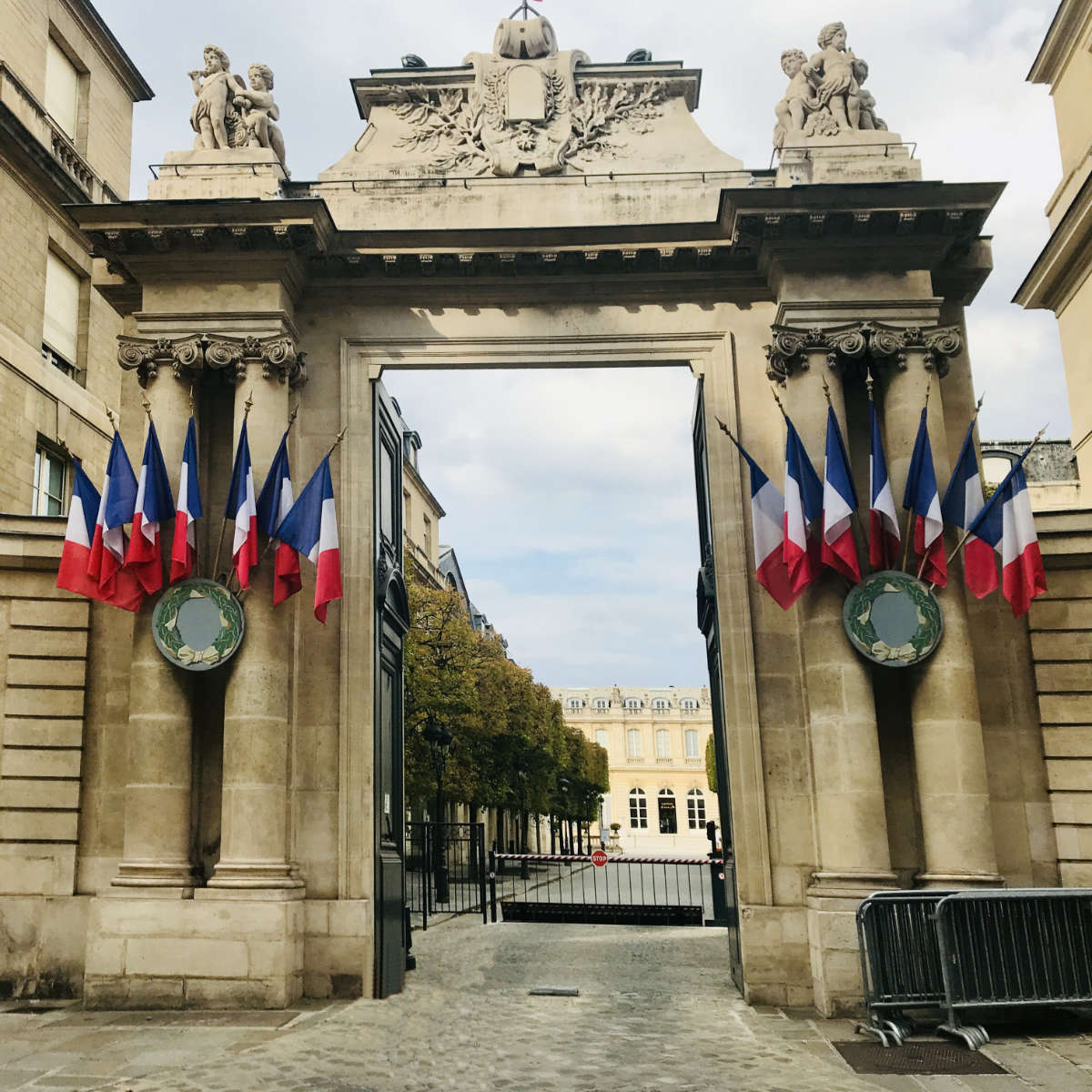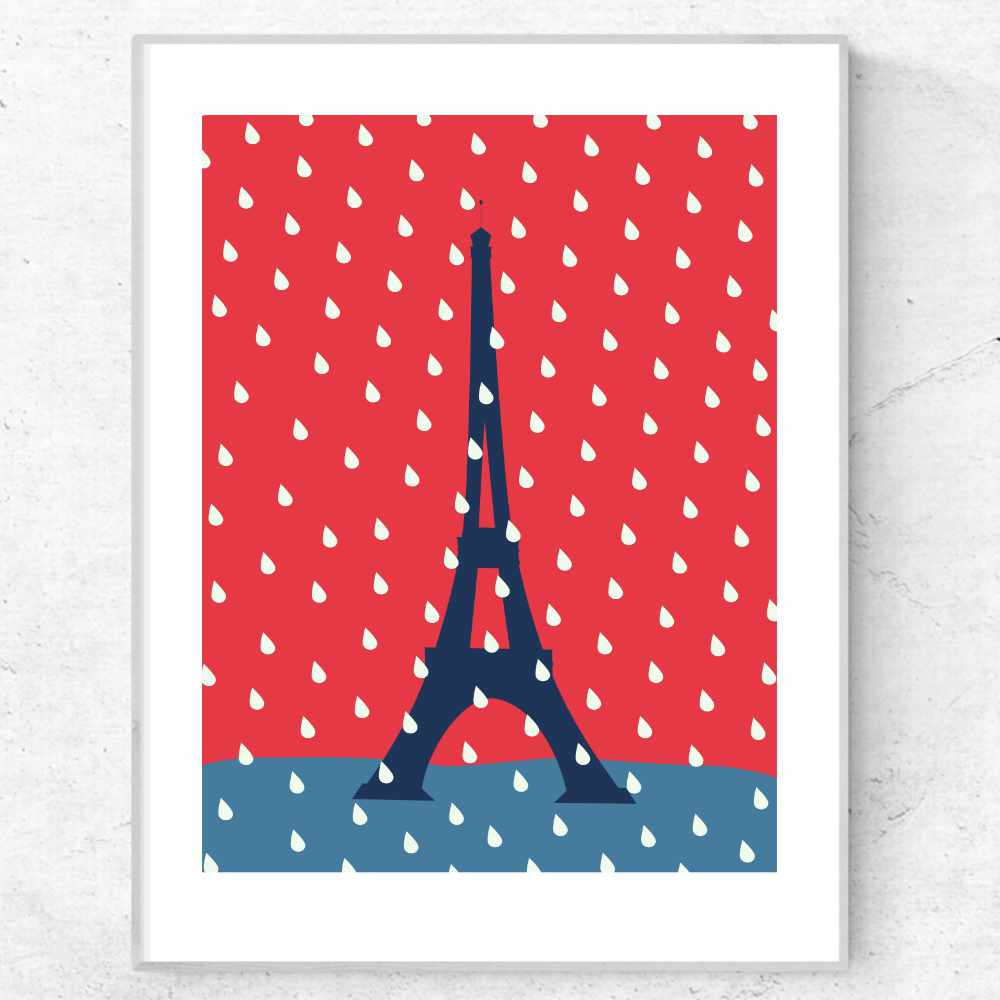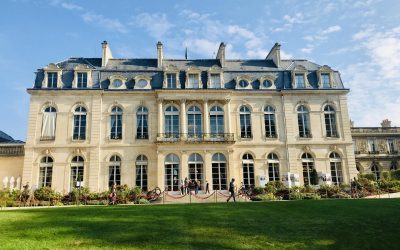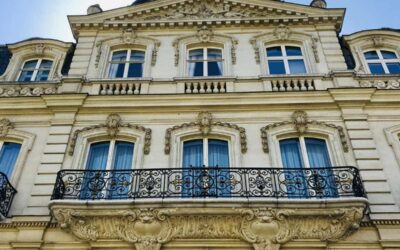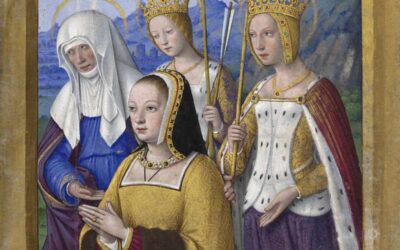With a long and complicated history, the French are deeply patriotic when it comes to defending their country and their way of life. Through times of war and peace, France is rich in symbols that demonstrate a citizen’s pride of being French.
Many of the official symbols of France date back centuries to the 1789 revolution when the country initially got rid of its monarchy. Other unofficial symbols are more recent, though just as beloved. There are also the national monuments, where highly symbolic ceremonies of the République are held.
So let’s explore all the national symbols of France, shall we? Allons-y!
- 1. French flag: the Tricolore
- 2. Marianne
- 3. La Marseillaise
- 4. Sport symbols: Le Coq and Les Bleus
- 5. Liberté Egalité Fraternité
- 6. Fleur de lys
- 7. Legion d'Honneur
- 8. Cockade de France
- 9. Phrygian cap
- 10. "Vive la France, Vive la République".
- 11. Cross of Lorraine
- 12. Joan of Arc
- 13. National Monuments symbolizing the French Republic
- 14. Other unofficial symbols in France
1. French flag: the Tricolore
The flag of France is called the tricolore, meaning “3 colors”. Alternatively, it is called the bleu, blanc, rouge, meaning “blue, white, and red”.
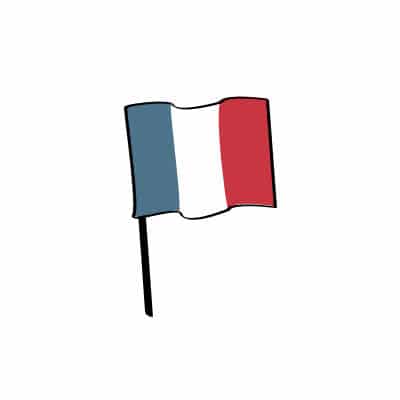
However, many regions of France also have their own flags that are still widely used. The black-and-white flag of Brittany remains a powerful symbol of the region’s history and aim for liberty.
2. Marianne
Marianne may not be a real woman, but she is one of the most important female figures and symbols in France today.
The female figure is usually dressed in white, with a red Phrygian cap (a soft conical cap with the apex bent over). She became a symbol after the 1789 French Revolution, perhaps meant to replace the royal figurehead of the Queen.

One of the most emblematic paintings in France is Liberty Leading the People, by famed French artist Eugène Delacroix. On display at the Louvre Museum, it shows a partially clothed Marianne, the symbol of France, leading the people towards a revolution.
Among the famous celebrities who have modelled for the official symbol of Marianne are French actresses Brigitte Bardot, Catherine Deneuve, Laetitia Casta and Sophie Marceau.
3. La Marseillaise
The French national anthem is called the Marseillaise, although it was written by a soldier based in Alsace. It’s lyrics are as follows:
| French National Anthem (short version) | English translation |
|---|---|
| Allons enfants de la Patrie, Le jour de gloire est arrivé! Contre nous de la tyrannie L’étendard sanglant est levé, (bis) | Arise, children of the Fatherland, The day of glory has arrived! Against us, tyranny’s Bloody standard is raised, (repeat) |
| Entendez-vous dans les campagnes Mugir ces féroces soldats? Ils viennent jusque dans vos bras Égorger vos fils, vos compagnes! | Do you hear, in the countryside, The roar of those ferocious soldiers? They’re coming right into your arms To cut the throats of your sons, your women! |
| Aux armes, citoyens, Formez vos bataillons, Marchons, marchons! Qu’un sang impur Abreuve nos sillons! | To arms, citizens, Form your battalions, Let’s march, let’s march! Let an impure blood Water our furrows! |
You can read the longer version of the French national anthem here.
4. Sport symbols: Le Coq and Les Bleus
If you have ever watched the French team in action at the Olympics, you will notice that one of the symbols of France is the coq (rooster).
The coq symbol adorns French national team uniforms in many variational designs, as well as in many other places.
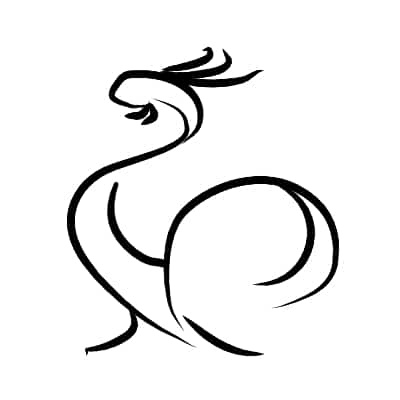
The French team at the Olympics and all international sporting events is called Les Bleus (the Blues).
5. Liberté Egalité Fraternité
The motto of France is Liberté, Égalité, Fraternité (meaning Liberty, Equality & Fraternity).
It was developed after the French Revolution in 1789, and was influenced by the 1st version of the American pledge of allegiance. France had aided the U.S.A. to counteract the hated British, and so rejoiced in their victory.
Today Liberté, Égalité, Fraternité is the French National Motto, which was inscribed on schools, monuments, and the local currency. Liberté is also proclaimed forcefully in the French National Anthem, which has its own tumultuous history.
6. Fleur de lys
The previous symbol of French royalty (before the 1789 revolution) was the fleur de lys.
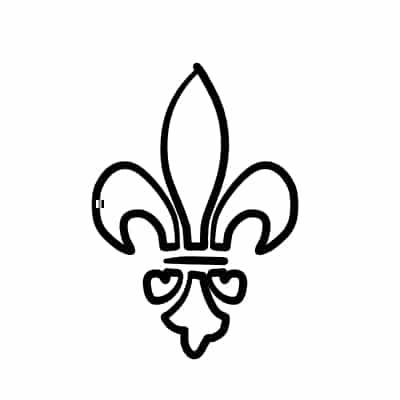
It is believed to be Clovis I, the first King of the Franks who made the fleur de lys a symbol of the French monarchy.
This was the official symbol of the monarchy and continues to adorn monuments and châteaux all over the country. (Obviously, it was quite difficult to get them all off after the revolution).
The town of Soissons, that was one of the capitals of Clovis, still holds the fleur de lys as its symbol.
7. Legion d’Honneur
The legion d’honneur is the highest symbol of merit that the French République can award for military and civil achievements.
The order is divided into five degrees, increasing in distinction as follows:
- Chevalier (Knight)
- Officier (Officer)
- Commandeur (Commander)
- Grand officier (Grand Officer)
- Grand-croix (Grand Cross)
It was originally created by Napoleon Bonaparte to reward those loyal to him. Some famous winners of the French Legion of honor are:
- Josephine Baker, singer and member of the French resistance
- Eleanor Roosevelt, wife of President Franklin Roosevelt
- Auguste Escoffier, chef
- Alfred Dreyfus, French military officer who was wrongly accused of treason
- Gérard Depardieu, actor
- French football team after winning 2018 World Cup
8. Cockade de France
The cockade of France is the national ornament of France, which is made by circularly pleating a blue, white and red ribbon.
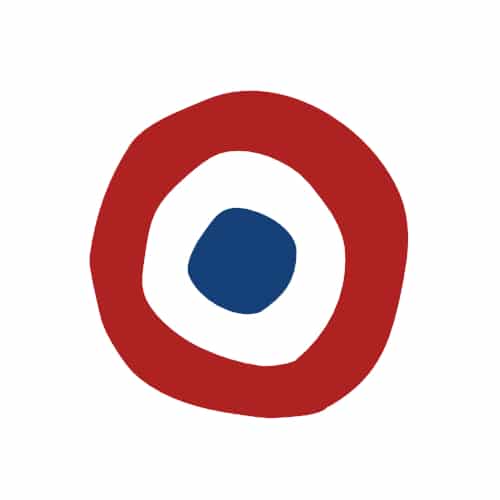
It is made with the three colors of the French flag using blue in the center, white immediately outside, and red on the outer edge. During the Storming of the Bastille, the revolutionary militia wore a cockade of blue and red.
The colors and design of the French Flag are derived from this tricolor. The three-color scheme was copied by many other nations, both in Europe and the rest of the world.
9. Phrygian cap
The symbol Marianne is known for wearing a red Phrygian cap, but the cap is a symbol in and of itself. It is a soft conical cap with the apex bent over, and is often used in protests.
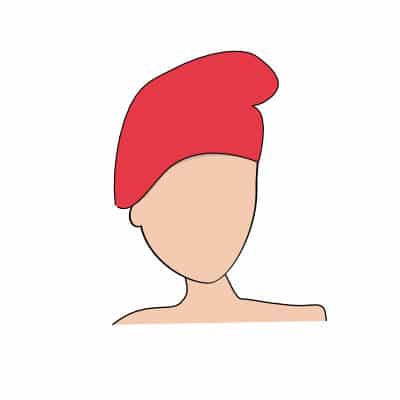
The bonnet rouge movement from Brittany was directly inspired by the Phrygian cap.
10. “Vive la France, Vive la République”.
In literal terms, “Vive la France, vive la République” means “Long live France, long live the republic”. This is an expression meant to invoke patriotism amongst its citizens, and feelings of togetherness as they look towards the future.
It is the equivalent of “God bless America”, which all U.S. Presidents sign off their speeches with. But as France is a secular state, God is rarely invoked in French Presidential speeches. Much more familiar is the centuries-old British expression, “Long Live the Queen/King”.
The French had a version of “Long live the Queen”, which was “Vive la Reine“, until of course, they chopped off the heads of their Royal Family. A new expression was needed to replace that one after the French Revolution in 1789 to echo the same passionate sentiment. Thus was born “Vive la France“.
11. Cross of Lorraine
The Cross of Lorraine is an emblem of Lorraine in what is now Alsace. Between 1871 and 1918 (and again between 1940 and 1944), the area was annexed to Germany.
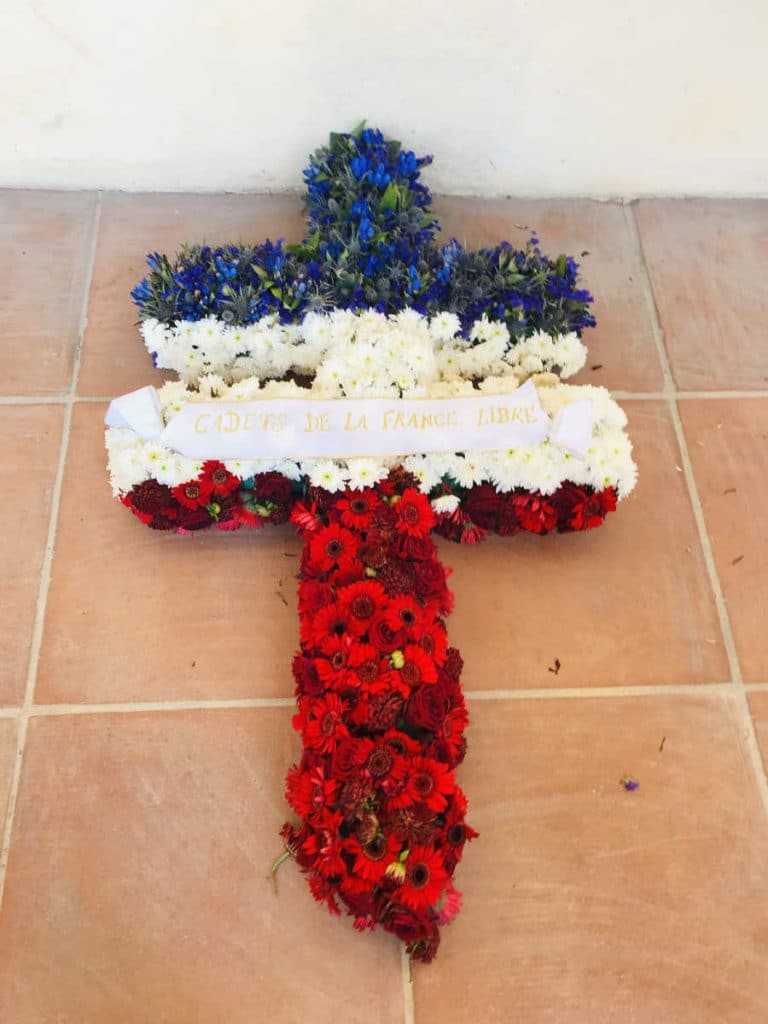
The Cross of Lorraine served as a rallying point for the French under occupation in both those instances. It became the symbol of Free France forces during World War II, aiming for the liberation of France from the German Reich, and was displayed on French warships and planes during the war.
The medal of the Order of Liberation bears the Cross of Lorraine. General Charles De Gaulle is memorialised by a 43-metre (141 ft) high Cross of Lorraine in his home village of Colombey-les-Deux-Églises.
12. Joan of Arc
In 1803, Joan of Arc was made a symbol of France by Napoleon Bonaparte, and made one of the 9 patron saints of France.
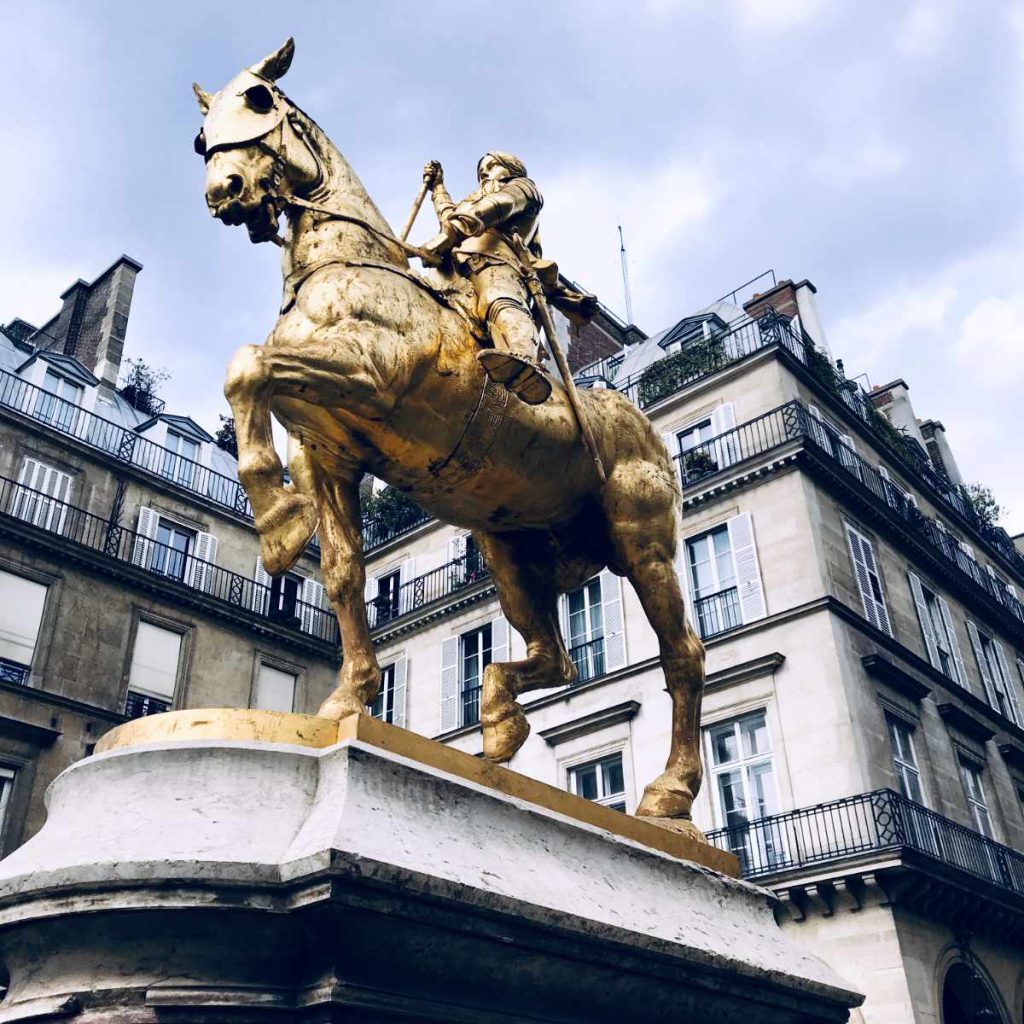
The young girl who claimed to have seen visions from angels became a military leader acting under divine guidance. Her convictions were so strong and eloquent, she would become a martyr for her cause and capture the imagination of French.
13. National Monuments symbolizing the French Republic
i) Pantheon
In France, to be buried in the Pantheon is the highest recognition that the Republic can offer its citizens. It is symbolically known as the “une église devenue temple de la République“, meaning “a church that has become the temple of the Republic”.
“Aux grands hommes la patrie reconnaissante” – Great men, the grateful country
Inscription on the front of the Pantheon
It was originally meant as a church dedicated to Saint Genevieve, one of the patron saints of Paris and one of the most famous female figures in France.
Completed in 1790 at the height of the French Revolution, the Assemblée Nationale voted to turn it into a monument containing the remains of distinguished French citizens, modelled on the Pantheon in Rome which had been used in this way since the 16th century.
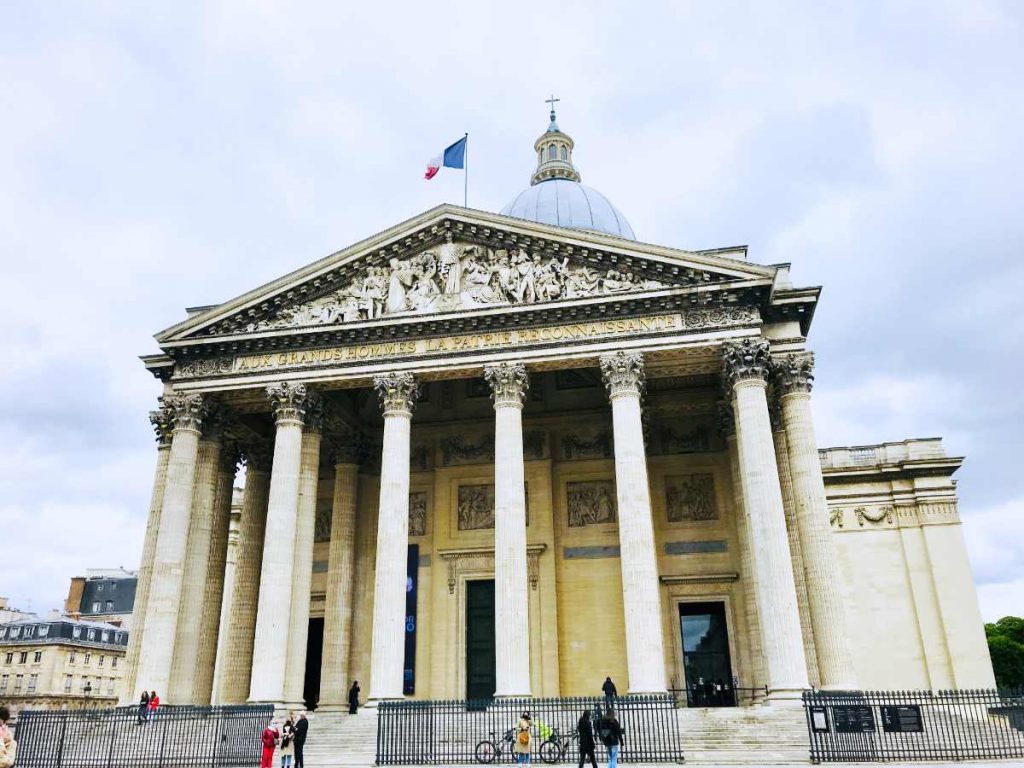
Located in the 5th arrondissement in the Latin quarter of Paris, the famous French figures whose remains are buried there are:
- Marie and Pierre Curie, Nobel prize-winning scientists
- Jean Moulin, French resistance fighter
- Louis Braille, inventor of the Braille reading system for the blind
- Victor Hugo, writer of Les Miserables
- Voltaire, writer of Candide
- Jean Jaures, assassinated French politician
You can read more about the Panthéon here.
ii) Les Invalides
Les Invalides is a large complex of buildings that remain dedicated to the country’s military.
It is here in the Cour d’honneur (courtyard of honor) that state ceremonies to honor the French soldiers who have died in battle take place, along with other French citizens who are due the full honors of the Républic.
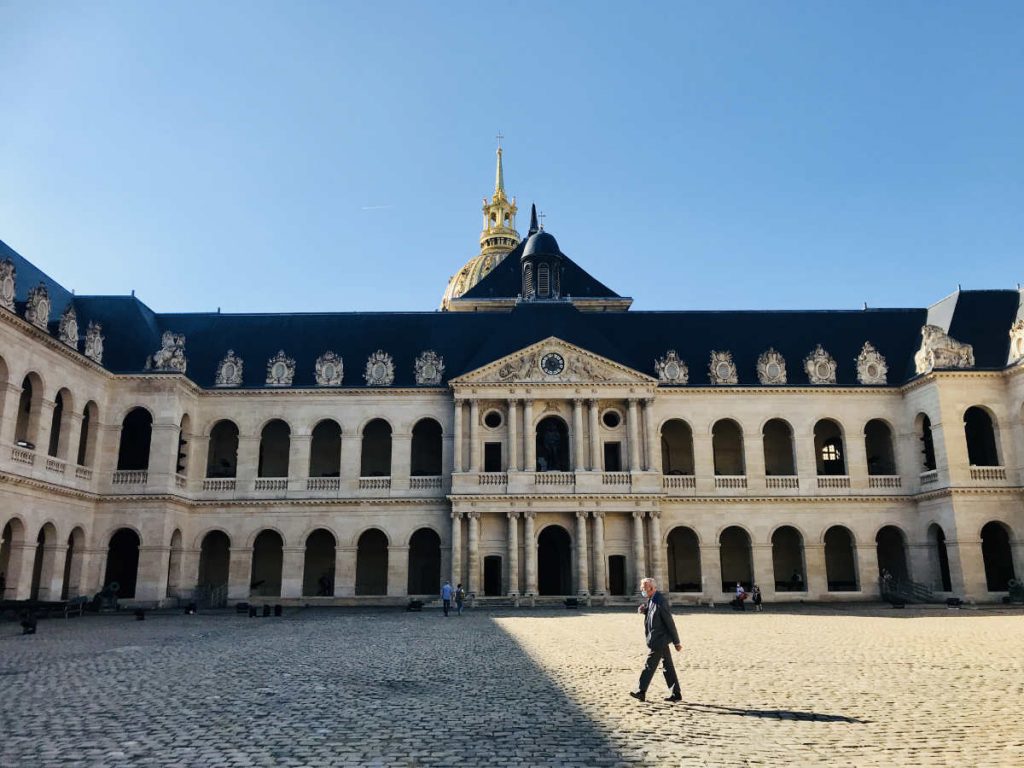
It is also at the Invalides that Emperor Napoleon Bonaparte lies in an elaborate monument surrounded by reliefs of his accomplishments.
iii) Arc de Triomphe
The Arc de Triomphe is one of the most symbolic monuments in France, with the unknown soldier buried at its base, along with the eternal flame.
It was commissioned by Napoleon Bonaparte in 1806, but his defeat by the British meant that he never saw it finished. It was completed in 1836, and become a rallying point for both French and foreign armies.
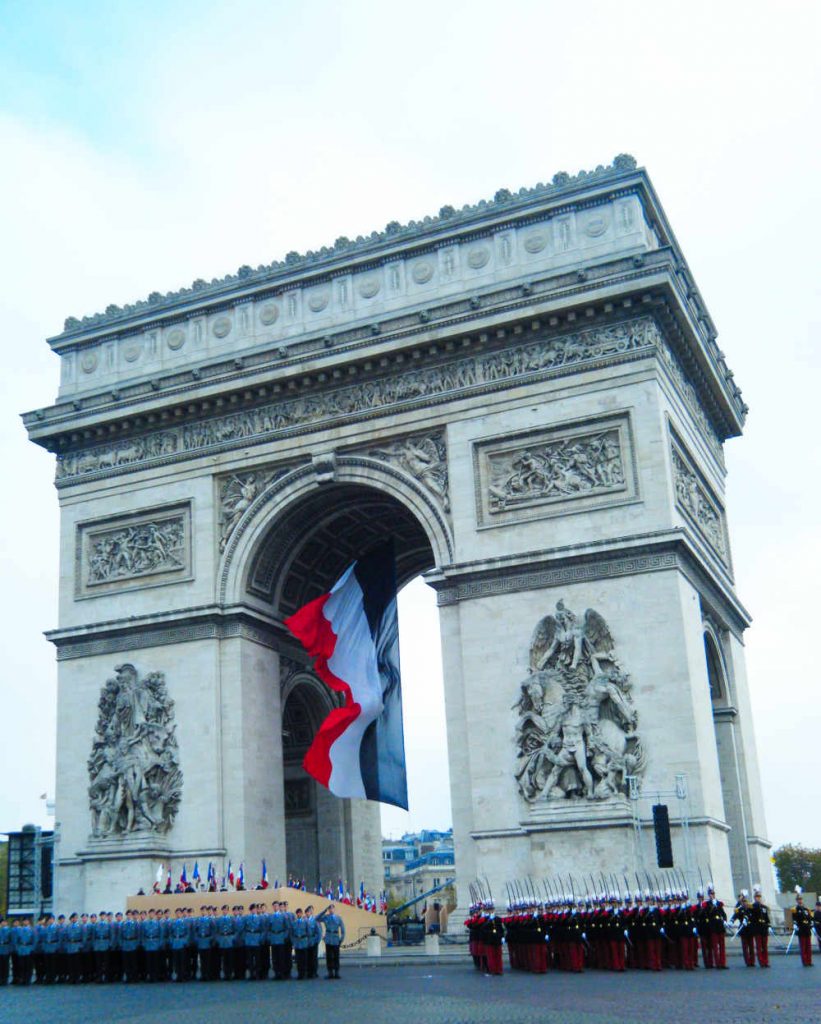
Famous victory marches around or under the Arc de Triomphe include:
- the Germans in 1871 – Franco-Prussian war
- the French in 1919 – WWI
- the Germans in 1940 – the invasion of France at start of WWII
- French and Allied Forces in 1944-45 – end of WWII
Nowadays, there are military marches every 14 Juillet (Bastille Day) and 11 November (Armistice day) where the President of France and other dignatories gather to pay tribute to those who have fought for the country’s freedoms.
iv) Eiffel Tower
The Eiffel Tower was supposed to be temporary. It was built for the 1889 World Fair and was supposed to be dismantled within 20 years. Parisians initially hated it, wondering what this weird metal structure was supposed to be.
Today it is unequivocally regarded as one of the foremost symbols of Paris, and of France as a nation. Instantly recognizable, it is a historic monument as well as a cultural icon that is irreplaceable in the hearts of the French.
And with all of the symbols associated with France, it is the Eiffel Tower that is the most popular. The tower has the distinction of being France’s number one tourist attraction with more than 7 million visitors each year.
v) Palais de l’Elysées
The official residence of the French president is the Palais de l’Elysée in Paris, (i.e. the French version of the White House).
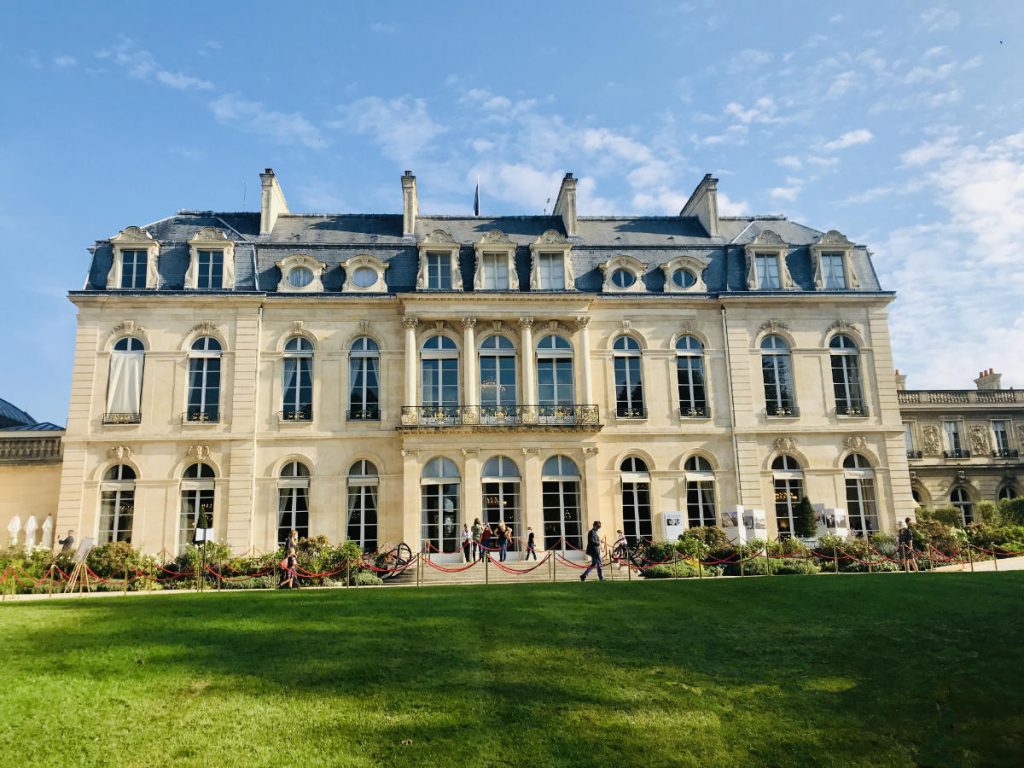
It was initially purchased by King Louis XV as a residence for his mistress, the Madame de Pompadour, before eventually becoming state property and the official residence of each President of France.
This is where foreign dignitaries are greeted, in the Cour d’honneur, and where state receptions are held.
vi) Place de la Bastille
The site of ancient fort where the French Revolution began remains a symbol of France, and a meeting point for politicians and protestors.
Over the months that followed the Revolution in 1789, the prison at Bastille was dismantled stone by stone, with pieces being sold as souvenirs up and down the country.
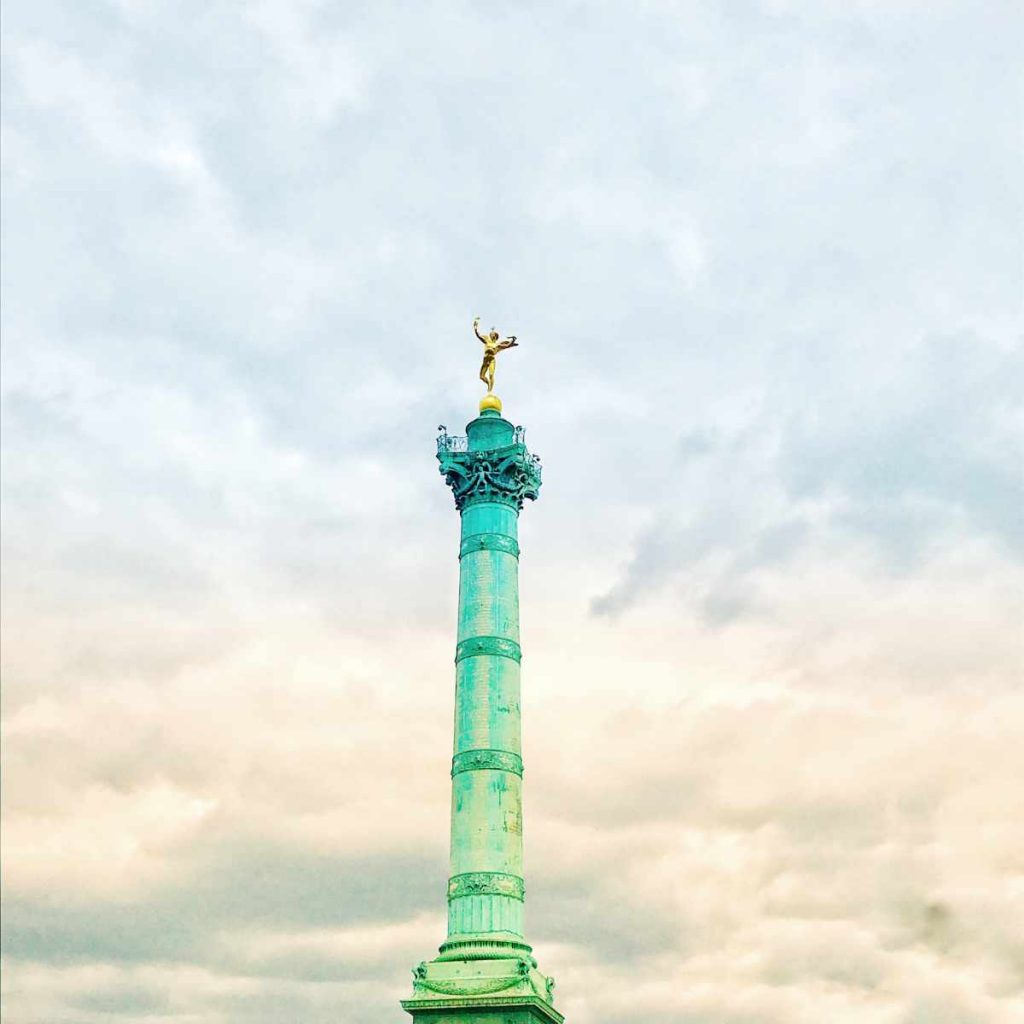
Today, the site of the Bastille is a large circular roundabout and gathering place called the Place de la Bastille at the corner of the 4th, 11th and 12th arrondissements in Paris.
In a symbolic and yet practical gesture, the bridge in front of the Assemblée Nationale, the Pont de la Concorde bridge was built using some of the stones from the castle at Bastille.
14. Other unofficial symbols in France
i) Baguette
A baguette is not just a baguette, it is a way of life in France. If there is anything that makes people think of France, this is it.

The most common is the baguette classique which is sometimes called the baguette parisienne (parisian baguette) or baguette blanche (white baguette). This is the baguette that you will most often see in supermarkets and grocery stores across France.
ii) Beret
A beret is a soft, round cap, that is flat on top. Pronounced ber-ray, it is usually made of woven, hand-knitted wool or cotton.
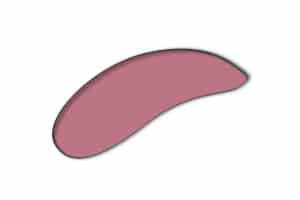
They are worn as part of the uniform of many French military and police units. Once considered attire of stereotypical “Frenchman”, they are no longer as widely worn, unless making a statement.
iii) Mariniere shirt
A marinière is a traditional long-sleeved sweater which has deep blue and white stripes. It was usually worn by sailers and seamen in the French Navy, before becoming a staple of civilian French fashion.
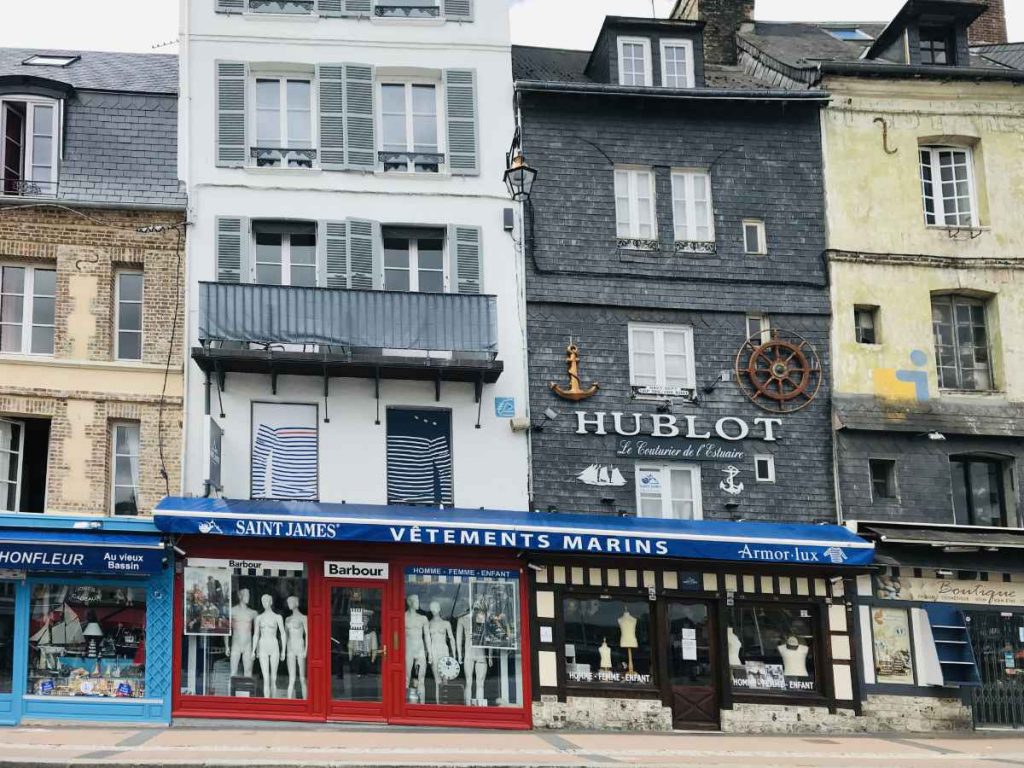
The fashion sprung from that doyenne of luxury French fashion, Coco Chanel. During the First World War, Chanel regularly took seaside holidays and was inspired by the local sailors’ uniforms.
At her shop in Deauville she launched the “Navy Style”, a short marinière, a comfortable simple jersey in those hard times. Her marinières soon became much sought after, and luxury items.
These days, the stereotypical image of a French person usually includes a marinière and a beret. It is also sometimes called a Breton shirt in the neighboring French region of Brittany. You can also shop for a marinière here.

If you enjoyed that article, you may like to read more interesting facts about France. A bientôt!
